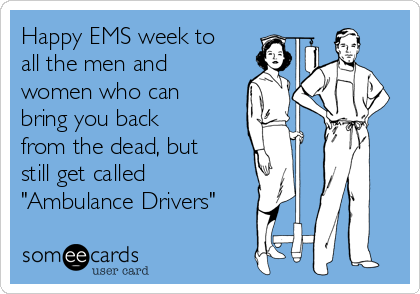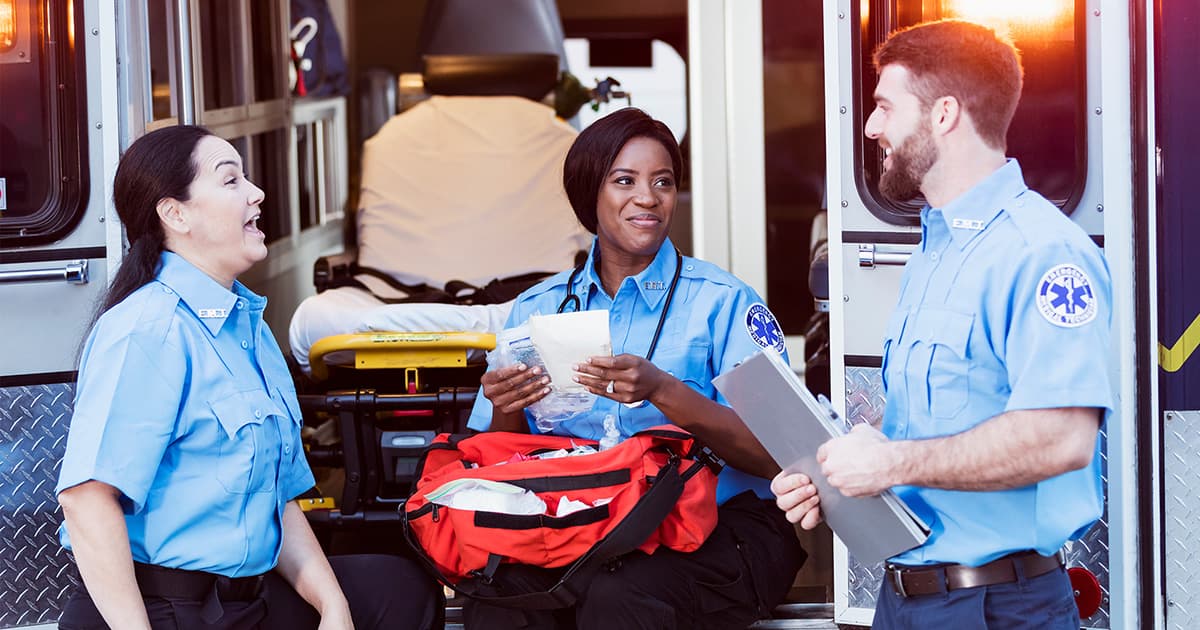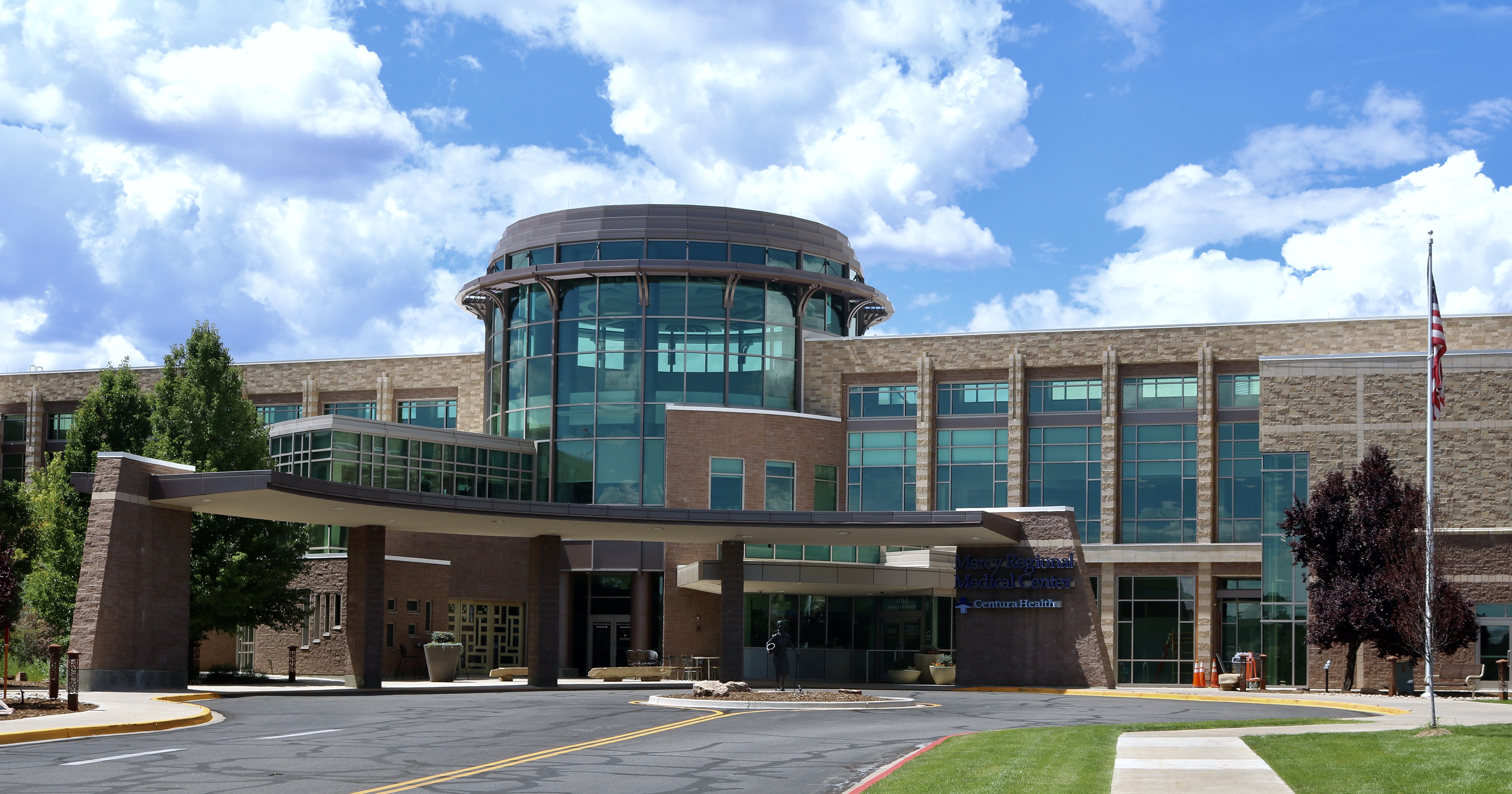Whether it be as a visitor of a dear friend after surgery, for the birth of the newest family member, or as the patient yourself, there are few of us who haven’t found ourselves in the hospital setting. On the other hand, a much smaller percentage of the population has had a front row seat to the care that takes place prehospital. Even as a  nurse in the hospital, I had little to no contact with these everyday heroes, and therefore knew very little about the immense role that they play in patient care. It wasn’t until I met my husband, a flight paramedic, that my eyes were opened to the world of EMS.
nurse in the hospital, I had little to no contact with these everyday heroes, and therefore knew very little about the immense role that they play in patient care. It wasn’t until I met my husband, a flight paramedic, that my eyes were opened to the world of EMS.
Long gone are the days of the “ambulance driver” armed with merely a lead foot and thirst for adrenaline. Today’s Paramedics and EMTs represent a new culture - bringing critical care to the patient’s side. This potrait of critcal care is not one that nurses and physicians can often relate to. It isn’t a controlled, well-lit environment with countless resources only a call down the hall away. It is oftentimes on the side of the interstate at 2 am in the pouring rain, in a dim bathroom only large enough for the patient who is occupying it, or in the back of an ambulance driving down a bumpy street. It is in these less-than-desirable environments that life saving decisions are made and skills executed.
Over the years, as those in this line of service have become my family, I can’t help but admire the compassion and selflessness that is central to each of their cores. With long shifts of missed meals and sleep, time away from family and friends, and the stress that comes with being the first source of help to those in crisis, EMS providers have one thing in common: they are true public servants with a calling to do something higher, regardless of the sacrifice.
 Here at Pulsara, we are lucky enough to have such a character to call one of our own. Kris Kaull, our Chief Marketing Officer and Critical Care Flight Paramedic, exudes the compassion, dedication, benevolence, and perseverance that is found across the faces of EMS. I am convinced that his years of serving in rigid and trying circumstances led to his ever-impressive and ongoing list of accomplishments, and ultimately fashioned him into an invaluable member of our Pulsara family. So as I say thank you to our own everyday hero, I encourage you to show your own appreciation to the men and women of EMS for their dedication and heroic contribution to our everyday lives. Happy EMS Week from Team Pulsara!
Here at Pulsara, we are lucky enough to have such a character to call one of our own. Kris Kaull, our Chief Marketing Officer and Critical Care Flight Paramedic, exudes the compassion, dedication, benevolence, and perseverance that is found across the faces of EMS. I am convinced that his years of serving in rigid and trying circumstances led to his ever-impressive and ongoing list of accomplishments, and ultimately fashioned him into an invaluable member of our Pulsara family. So as I say thank you to our own everyday hero, I encourage you to show your own appreciation to the men and women of EMS for their dedication and heroic contribution to our everyday lives. Happy EMS Week from Team Pulsara!
 Brittany Means, RN, BSN
Brittany Means, RN, BSN



![[PRESS RELEASE] Published Research Finds Up to 31% Faster STEMI Treatment Times in Rural Hospital Setting with Pulsara](https://www.pulsara.com/hubfs/_1_website-page-blog-assets/pulsara-hosp-teams-assign-cardio-stemi-rn-1200x701.jpg)

